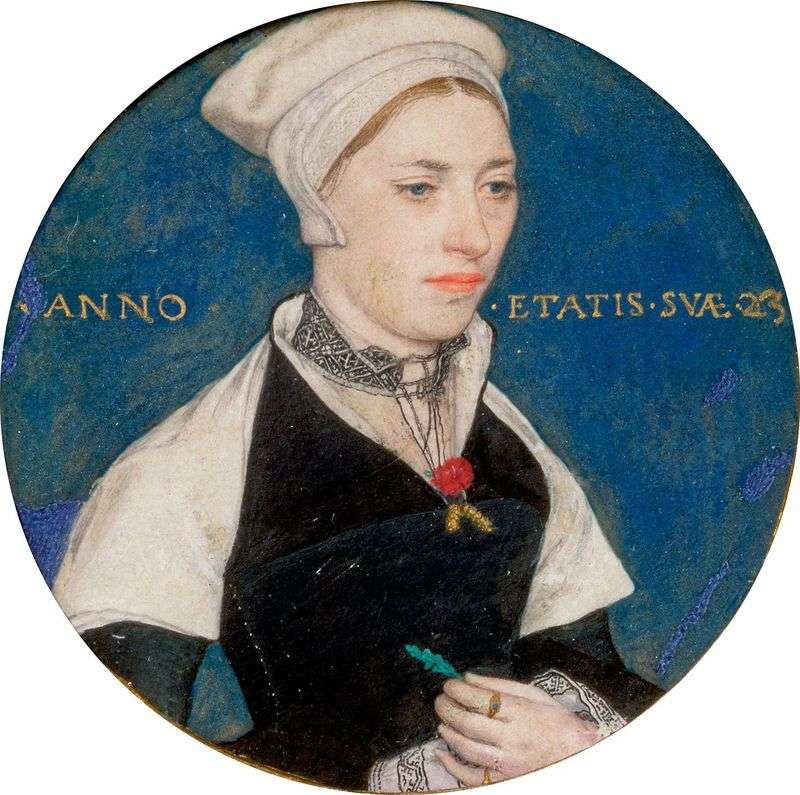
As an independent genre of painting, a portrait miniature was formed in the 1520s. The size of the portrait miniatures allowed them to be seen holding in their hands, or, adorned with jewels and attached to a chain, worn around the neck. As a rule, they depicted loved ones. If we draw an analogy, then they can be compared with today’s family photos, which are often worn in a wallet. We have reached more than a dozen portrait miniatures made by Holbein upon his arrival in England – examples include portraits of Mrs. Pemberton and Anna Cleves, the fourth wife of Henry VIII. In England, by that time, there already existed a tradition of such images, laid by the Flemish Lucas Hornebolt – he also served at the court of Henry VIII and, possibly, dedicated Holbein to the technical subtleties of work in this genre. But, as Dutch painter Karel van Mander wrote at the beginning of the 18th century, “Holbein was so superior to Lucas in drawing, composition and skill that his miniatures overshadowed the work of the Flemish – just as the Sun overshadows the Moon.” In fact, in his miniatures Golubeyn professed the same concept of deep psychologism that was characteristic of his “full-fledged” portraits.
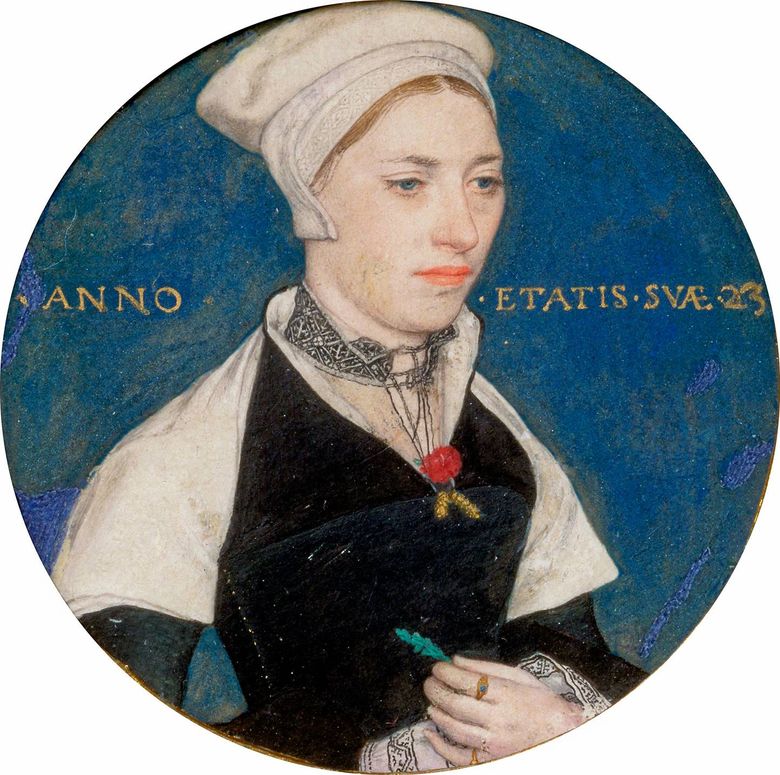 Portrait de Mme Pemberton – Hans Holbein
Portrait de Mme Pemberton – Hans Holbein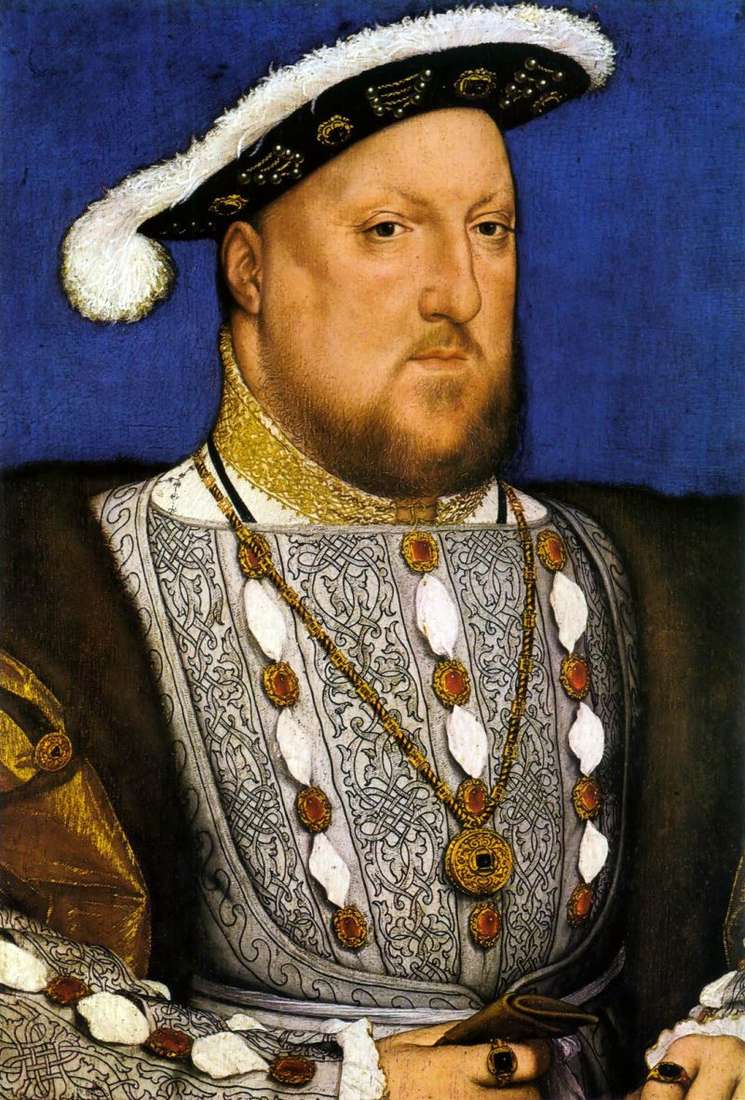 Portrait of Henry VIII by Hans Holbein
Portrait of Henry VIII by Hans Holbein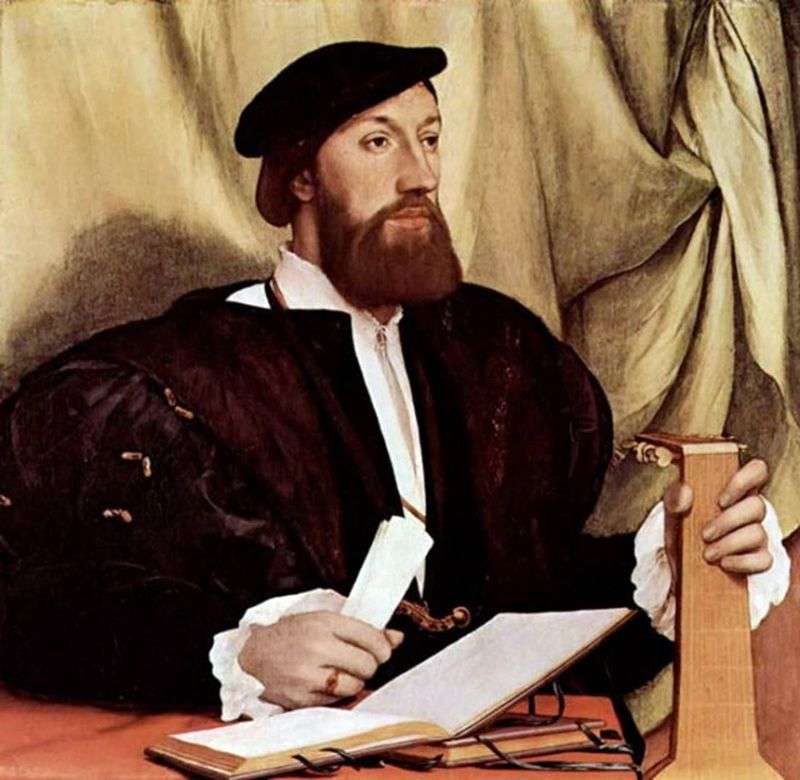 Portrait of a Man with a Lute by Hans Holbein
Portrait of a Man with a Lute by Hans Holbein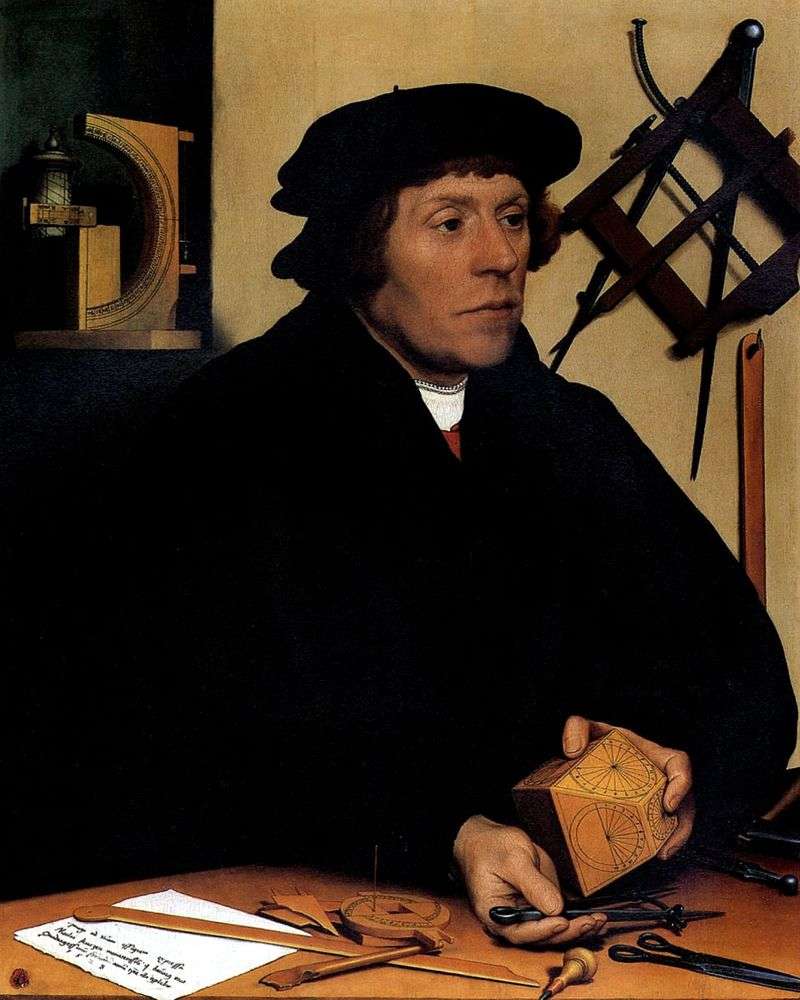 Nicholas Kratzer by Hans the Youngest Holbein
Nicholas Kratzer by Hans the Youngest Holbein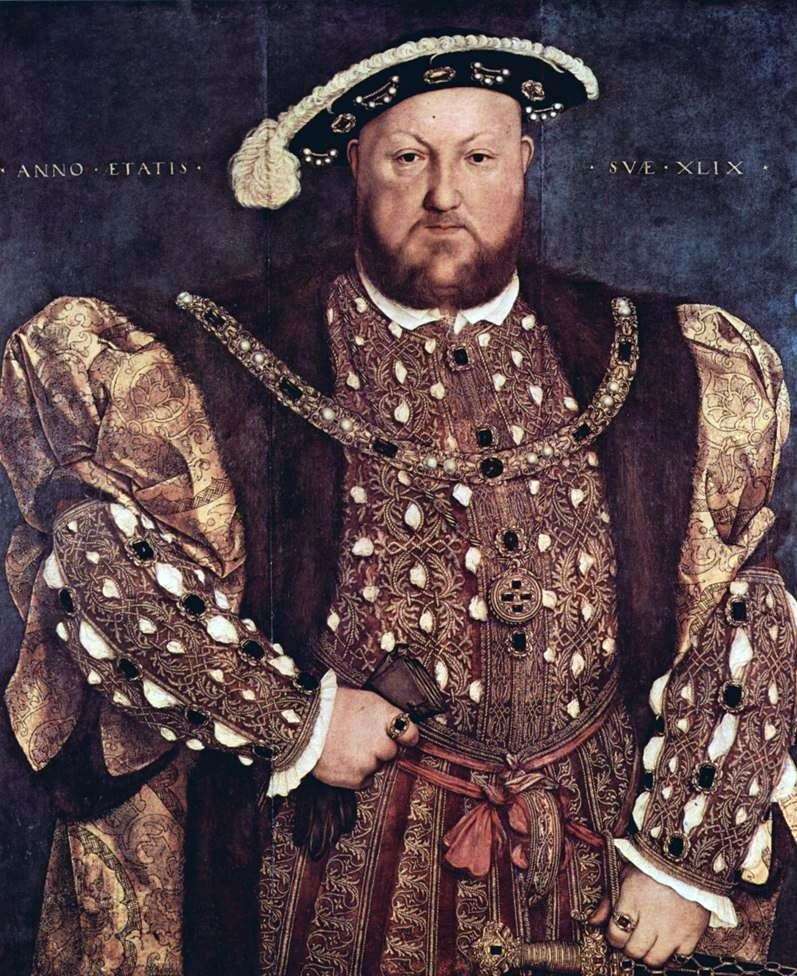 Portrait of King Henry VIII by Hans Holbein
Portrait of King Henry VIII by Hans Holbein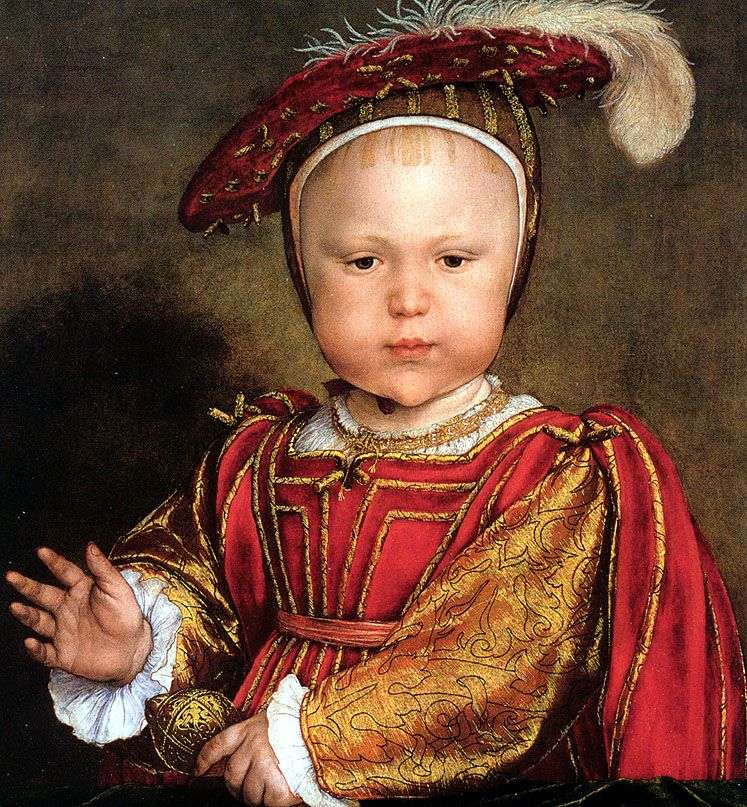 Edward, Prince of Wales by Hans Holbein (Younger)
Edward, Prince of Wales by Hans Holbein (Younger) Henry VIII by Hans Holbein
Henry VIII by Hans Holbein Portrait of Henry Howard by Hans Holbein
Portrait of Henry Howard by Hans Holbein